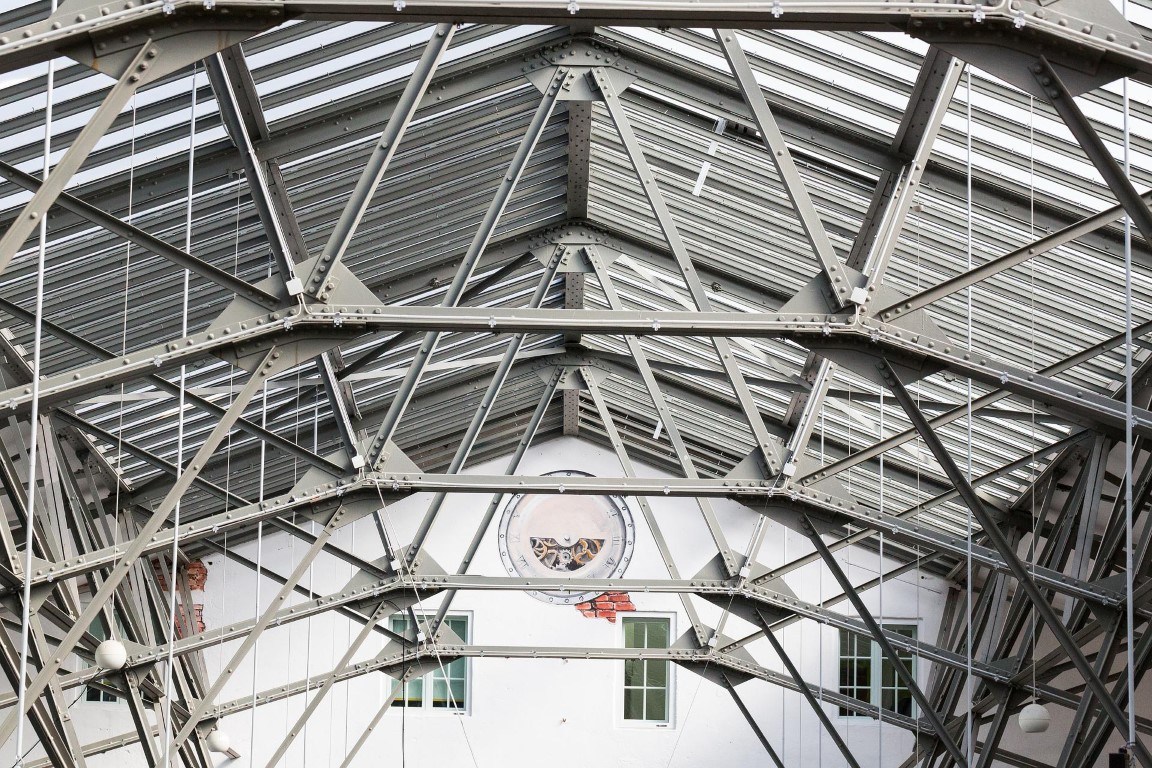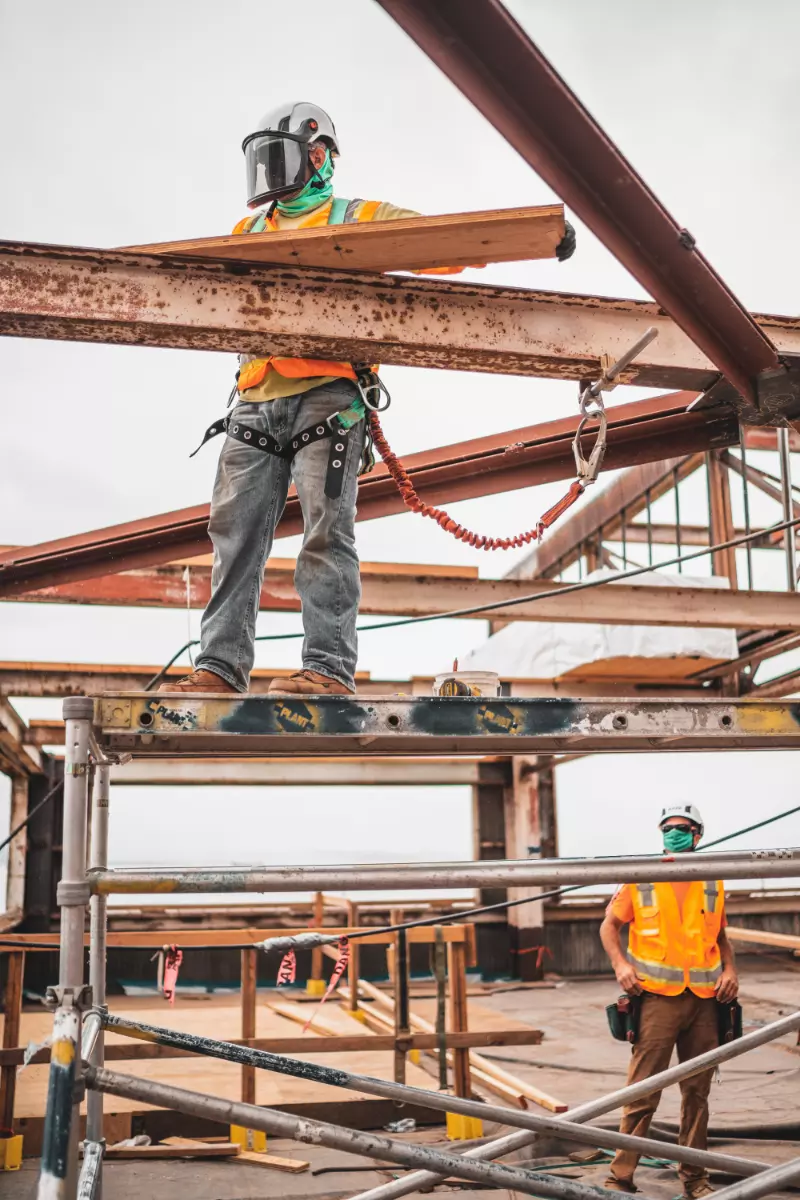Find out more about the difference between universal beam and I-beam? We look at the uses and benefits of universal beams and I-beams.
What is an RSJ beam?
RSJ, which stands for Rolled Steel Joist, is a colloquial word used by steel-using contractors and builders.
It's a long steel beam that has either been hot- or cold-rolled. This is also appropriate for a universal beam (I beam).The most common steel beams used in modern construction are RSJs.
There are two different kinds; the other is referred to as an I-beam and has an "H" cross-section. Both are extremely sturdy and are available in any size, making them ideal for supporting the floors and ceilings of any house addition. Load-bearing and non-load-bearing walls are built when a house is constructed.
The distinction is that whereas non-load building walls are only there to separate rooms, load-bearing walls are in charge of carrying the structural weight of the entire structure.
What Is an I Beam?
Buildings often utilise structural steel in the form of I beams, which are sometimes referred to as H, W, broad, universal beams, or rolling joists.
They are made to be a crucial component of the support system in construction. These beams are capable of withstanding a variety of loads. Due to its cross-likeness section to the letter I, it was given the name "I".
These beams are widely used to create beams and columns of various sizes and specifications. The significance of I beams in steel construction must be understood by foremen and civil engineers.I beams are extensively employed in a variety of steel building applications.
These beams are typically employed in frames and other crucial structural components. Using steel I beams ensures sturdy and robust construction. Because they eliminate the need for several support components, the use of these beams can be cost-effective. They are an absolute need for every contractor and engineer due to their adaptability and dependability.
Since they are purely practical, I beams are commonly employed in the building. One of their finest distinctive characteristics is the way they bend in a single direction. Flanges provide resistance against bending, whereas the web component must endure shear loads.
They can withstand a range of loads without buckling. I shapes might be seen as cost-effective because they don't use a lot of steel. For any building task, there is always a type of I beam that is appropriate. The term "universal beam" is well known since these beams may be used in any building circumstances.
Is an RSJ the Same as an I Beam (Universal Beam)?
I beam and RSJ beams are fundamentally equivalent. The construction and civil engineering industries employ RSJs as structural support beams in a variety of ways.
It comes in a wide range of conventional sizes and has an I or H-shaped cross-section. The same holds for an I beam or universal beam (UB).
However, UBs, UCs (Universal Columns), and RSJ beams are all listed separately in BS4 (the British Standard for Structural Sections). However, RSJs, UBs/UCs, and all rolled steel sections are the same.
Although the British Standards Institution (BSI) does not use the word "RSJ" officially, it is nevertheless often used in business. I beam/universal beam is the proper phrase.

What is the Purpose of RSJs and I Beams?
When a hole must be made in a load-bearing wall or when building on, RSJs are utilised to support the wall and the floor. They are rolled from a single piece of structural steel to retain structural integrity (S275JR grade).
In contrast, I beams are commonly used as primary support trusses in structural steel buildings; because of their size, I beams are typically seen in huge constructions and warehouses.
A steel RSJ beam must be inserted to withstand the pressure if a load-bearing wall is to be removed or modified in order to create an open floor plan; otherwise, your home would collapse since it will be lacking crucial supports. An RSJ installation needs expertise, patience, and precise calculations.
An expert builder or structural engineer will need to do steel beam calculations after inspecting your property to take into account the type of wall they are working with, the length of beam they require, and the amount of weight the beam will hold.
Even though the I beam may handle tremendous loads, structural steel I beam can ensure the structure's integrity without the need for additional structural supports, which would raise the project's cost and duration of construction. I beams are cost-effective since they may be used everywhere and don't require a lot of steel.
Because of the nature of I beams, they are resistant to ageing and very flexible to structural modifications and alterations. Due to their longevity, affordability, and versatility, I beams are in high demand.
What Industries are Steel Beams Used in?
Construction
In buildings, I beam, and RSJ beams are frequently utilised.
They are utilised when remodelling a property when an existing building is being renovated or extended, as well as in newly constructed buildings when the steel framework supports the new building.
They are frequently employed for taking down interior walls. An RSJ beam will be required to replace that support if the wall that is to be demolished is load-bearing.

Transport
The transport sector uses around 16% of the steel that is produced globally, whether it be in automobiles, trains, ships, cargo containers, or aeroplanes. It is also utilised in major constructions like ports, airports, railway stations, and transportation infrastructure, including highways, bridges, tunnels, and rail lines.
Due to its malleability, elasticity, and tensile strength, structural steel is a common material. It is employed in various interior components of cars as well as to safeguard the engine.
Manufacturing
The bulk of the things we use daily are made of steel or include steel because it is widely used in production.
Automobiles, refrigerators, tools, machinery, and equipment for both construction and agriculture are among the many things made with steel.
Bridges
Due to its great yield strength, structural steel beams are crucial for building bridges.
Since each steel grade gives a varied tension, strength, shear level, and compression, structural steel is available in a variety of grades that are employed for certain projects.
Additionally, structural steel is robust and stable enough to handle the extraordinarily enormous weights that bridges must carry.

Are you looking for RSJ steel beam suppliers in London, Essex, Kent and the surrounding areas? Follow the link below to discuss your project.

